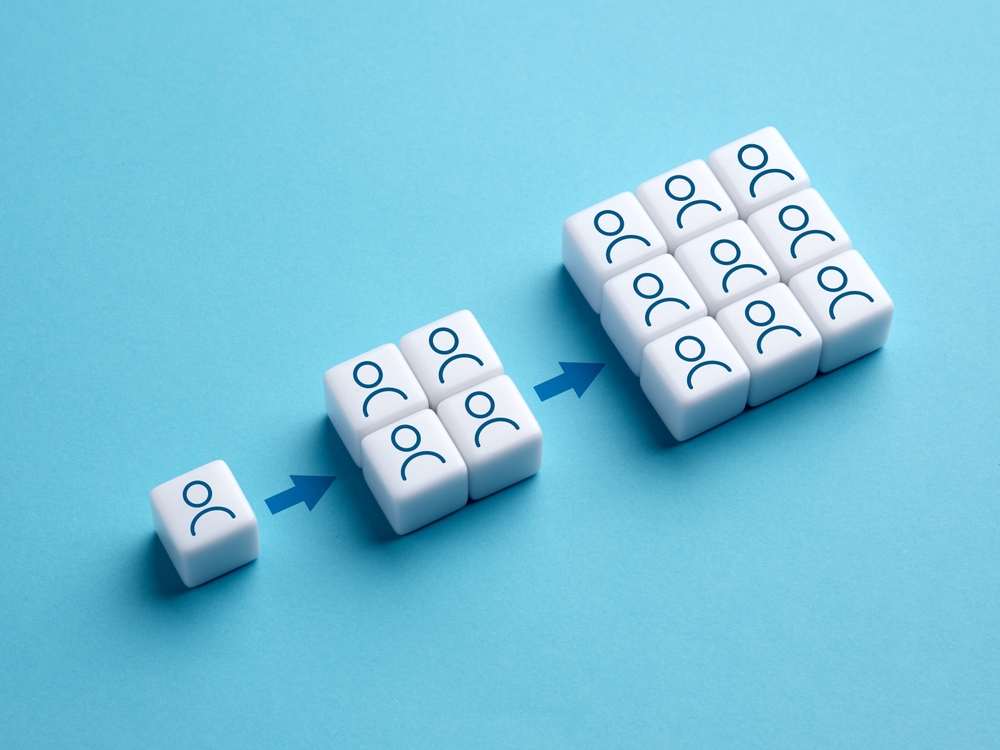Content Calendars – Why Your Brand Needs One and How to Build It

You know that feeling when you are juggling a million things at once? When deadlines creep up on you, ideas get muddled and your content seems disorganized?
Believe it or not, there’s one simple tool that could save you time, help keep your brand consistent, and help you crush your goals.
That tool is a content calendar. Whether you’re just starting out or refining your content approach, a trusted social media marketing agency in Dubai can guide you with the tools and insights needed to scale effectively.
Let’s get into why your business needs one and how to make one, step by step. Later, you’ll have all you require to set up your own system .
What Is a Content Calendar Exactly?
Content Calendar Schedule: What Clicks The Most? It’s your roadmap, your planner, your sanity saver – it’s everything rolled into one. It’s like an aerial view of your content strategy.
It tells you:
- What to post.
- Where to post it.
- When to post it.
Simple, right? Yet here’s the kicker- it’s beyond planning posts. It’s about ensuring that your content is in line with your goals, audience needs and brand voice. An effective content calendar helps you stay organized, focused, and proactive.
Why Do You Really Need One?
You may be asking, “Do I really need a content calendar? Can’t I just wing it?” Sure, you can. But here’s why you shouldn’t:
It Saves You Time
We can all admit it — producing content on a daily basis from scratch is draining. A content calendar enables you to batch tasks. So crank out a bunch of blog posts all at once. Write social media captions for a whole lean month. The more time you have not scrambling, the more time you have to focus on what really matters.
It Keeps You Consistent
Consistency builds trust. Your audience sticks with you when they can trust you’re gonna consistently provide them quality content. A content calendar keeps your showing up consistently across platforms—not gaps or random bursts of activity.
It Drives Results
Here’s the reality: random content almost never does well. With a content calendar, you can plan your content strategically. Want to boost engagement? Schedule interactive posts. Trying to drum up a product launch? Generate excitement with teasers. Every post has a purpose.
Still not convinced? Keep reading. Let’s make it even more bite-sized.
How to Create a Content Calendar That Actually Works
Now that you know what you need and why you need it, let’s discuss how to create it. Creating a content calendar doesn’t need to be complicated. Here’s how to get started, step by step.
Step 1: Define Your Goals
Before you dive into planning posts, ask yourself: What do I want to accomplish? Are you looking to build your email list? Bring visitors to your website? Increase sales? The shadow of your goals will hover over your content.
Write them down. Make them specific. For example:
- “Grow Instagram following by 20% in three months.”
- “Double your blog posts to two a week to improve SEO.”
Step 2: Know Your Audience
A big question is WHO is your content for? The key here is to know your audience. What do they care about? What solutions are they looking for? Leverage this information to inform your content.
Tips: Develop audience personas. Create them names, jobs, pain points. It allows tailoring your content with less effort.
Step 3: Choose Your Platforms
Some platforms are better than others. Concentrate on the ones that your audience enjoys. Make your priority what your community love, if your audience has an inclination for Instagram, then make a priority for Instagram. If they’re on LinkedIn, visit there. Spare yourself the time wasted on platforms that don’t align with your goals.
Step 4: Choose Which Types of Content
Variety may be the spice of life — and of content. Spice it up to make sure it stays interesting. Some ideas:
- Blog posts
- Social media updates
- Videos
- Podcasts
- Infographics
- Email newsletters
Choose formats that serve your aims and fit your audience.
If your content plan includes video, partnering with a video production company in Dubai can help you deliver high-quality visuals that capture attention and drive engagement.
Step 5: Set a Posting Schedule
Consistency is king. Decide how often you’re going to post on your various platforms. For example:
- Blog: Twice a week
- Instagram: Three times a week
- Email newsletter: Once a month
Stick to your schedule. They will grow to expect it from you.
Step 6: Consider using a template or tool
You don’t necessarily have to have a fancy piece of software to create a content calendar (although it is helpful). Create a basic spreadsheet to begin with. Include columns for:
- Date
- Platform
- Content type
- Topic
- Status (Draft, Scheduled, Published)
For more advanced options, something like Trello, Asana, or CoSchedule can make it easier to get organized.
Step 7: Plan Ahead
Do not leave it until the eleventh hour. Scheduling your content at least a month in advance It gives you time to tweak ideas, amass resources, and avoid the stress.
Bonus tip: Keep room to be flexible. Once in a while topical subjects arise. Be ready to pivot.
You can also streamline your process by working with specialized content marketing services in Dubai to craft relevant and goal-driven messaging across all platforms.
Common Mistakes to Avoid While Creating Content Calendar
The best-laid plans sometimes unravel. Here are a few common pitfalls to avoid.
Overloading Your Calendar
Try not to do too much simultaneously. Remember, quality always outweighs quantity. Mark your calendar with quality not quantity.
Ignoring Analytics
Your content calendar isn’t carved in stone. Monitor data to adjust your strategy accordingly. Which posts performed best? What didn’t work? Adjust accordingly.
Forgetting Your Brand Voice
Consistency is not just posting regularly. It is also about preserving your brand voice. It is important to ensure that every piece of content is in line with your values or tone.
A well-structured calendar becomes even more impactful when it’s part of a broader strategy offered by leading digital marketing services in Dubai, ensuring each piece of content supports your long-term goals.
Smashing Content Calendars Your Brand Should Know About
Not all content calendars are created equal. Depending on your goals, there are specific types of calendars that can supercharge your workflow and results. Here are some smashing content calendars your brand can use:
1. Social Media Content Calendar
Perfect for brands active on Instagram, Facebook, LinkedIn, TikTok, or X (Twitter). This helps you plan posts, captions, hashtags, stories, and even reels in advance.
Tool to try: Buffer, Hootsuite, or Later.
What to include:
Platform
Post type (image, video, carousel)
Caption and hashtags
Scheduled date and time
Status (Planned, Scheduled, Published)
2. Blog Editorial Calendar
If you publish articles regularly, this is a must. It allows you to align blog topics with your SEO goals, product launches, or campaigns.
Tool to try: Google Sheets, Trello, Notion.
What to include:
Topic/Title
Target keywords
Author
Draft due date
Publish date
SEO status (On-page complete, Internal links, etc.)
3. Email Marketing Calendar
Helps in organizing newsletters, promotional blasts, and drip campaigns. Ideal for eCommerce or community-driven brands.
Tool to try: Mailchimp or ActiveCampaign.
What to include:
Campaign name
Audience segment
Send date and time
Subject line
CTA (Call-To-Action)
4. Video Content Calendar
If your strategy includes YouTube, TikTok, or IGTV, this one’s gold. Plan shoots, scripts, edits, and publishing dates.
Tool to try: Airtable, Notion.
What to include:
Video idea/title
Script status
Filming date
Editing deadline
Publish date
5. Campaign Calendar
Used for big-picture planning—seasonal campaigns, product launches, or events. This calendar keeps all your teams aligned: social, blog, email, and paid ads.
Tool to try: Asana or CoSchedule.
What to include:
Campaign goal
Channel-specific tasks
Deadlines
Asset links (images, video, copy)
Post-campaign performance analysis
Bonus Tip: Combine and Customize
Many brands blend several types into one master content calendar, especially using tools like Notion or Airtable. You don’t have to follow a one-size-fits-all approach. Customize it based on your team’s workflow and your content priorities.
To ensure your content calendar aligns with your overall social strategy, it’s smart to collaborate with a social media agency in Dubai that understands audience behavior and platform-specific trends.
Hope this helps!
Business Enquiries:
hello@thecompanyfilms.com
Job Enquiries:
Career@thecompanyfilms.com
phone:
+971 58 221 2113
Business Enquiries:
hello@thecompanyfilms.com
Job Enquiries:
Career@thecompanyfilms.com
phone:
+971 58 221 2113



























